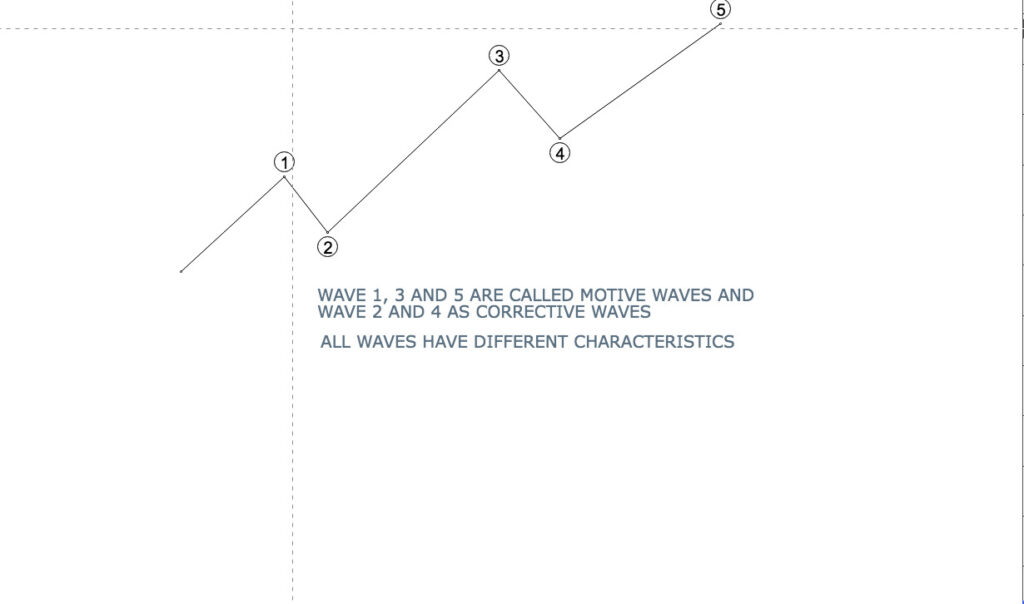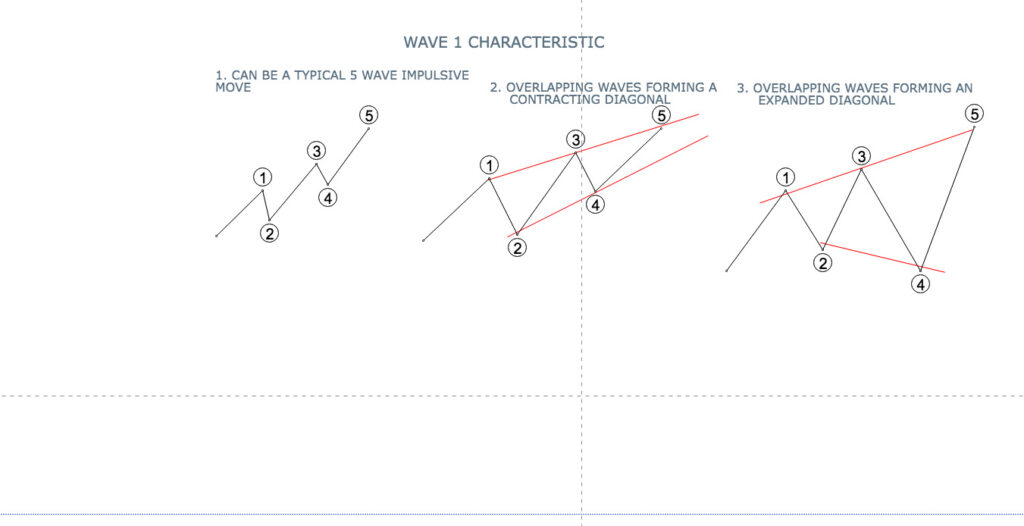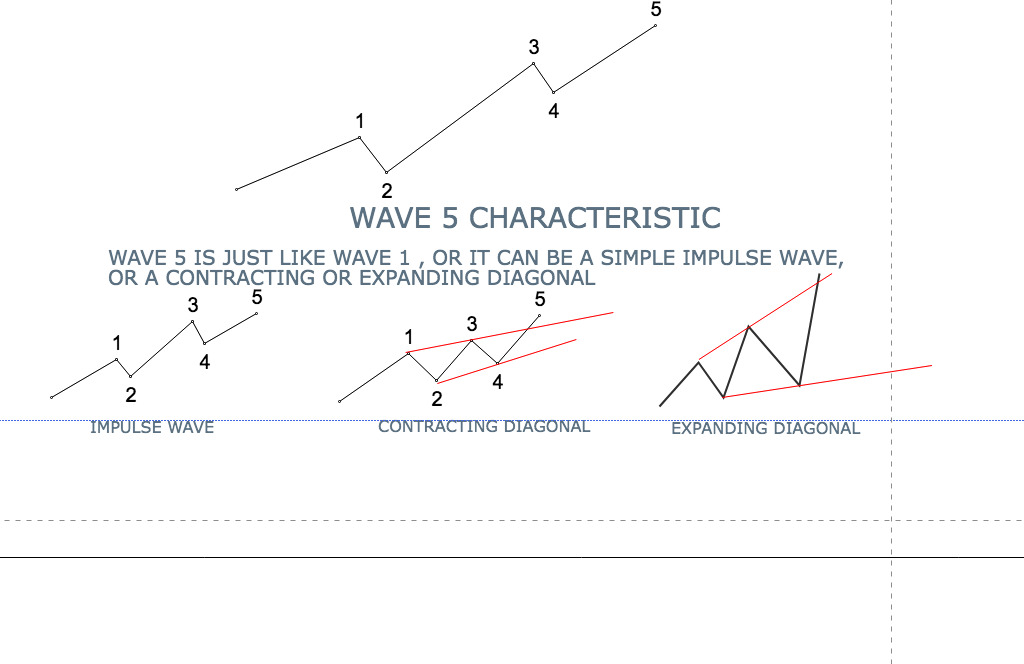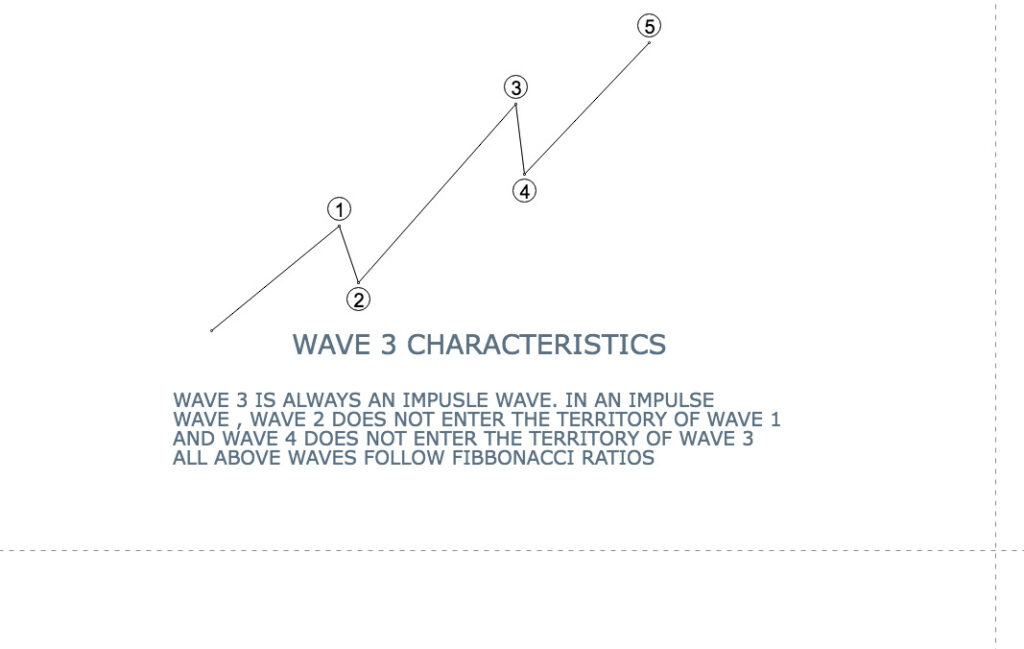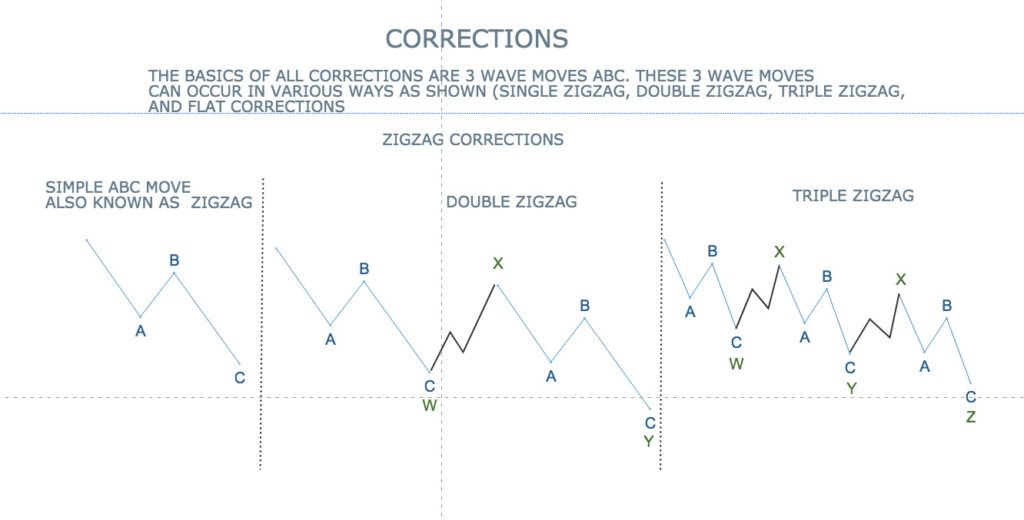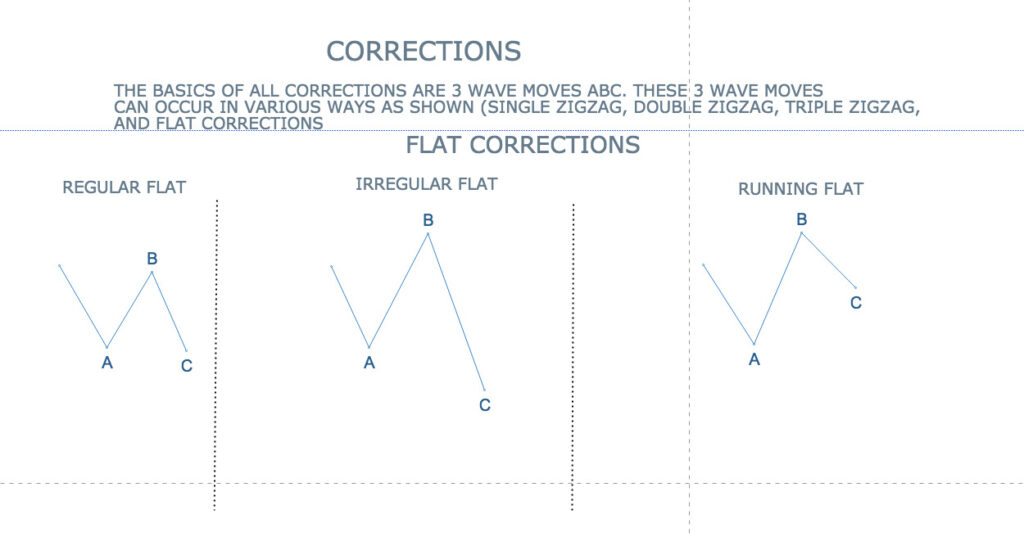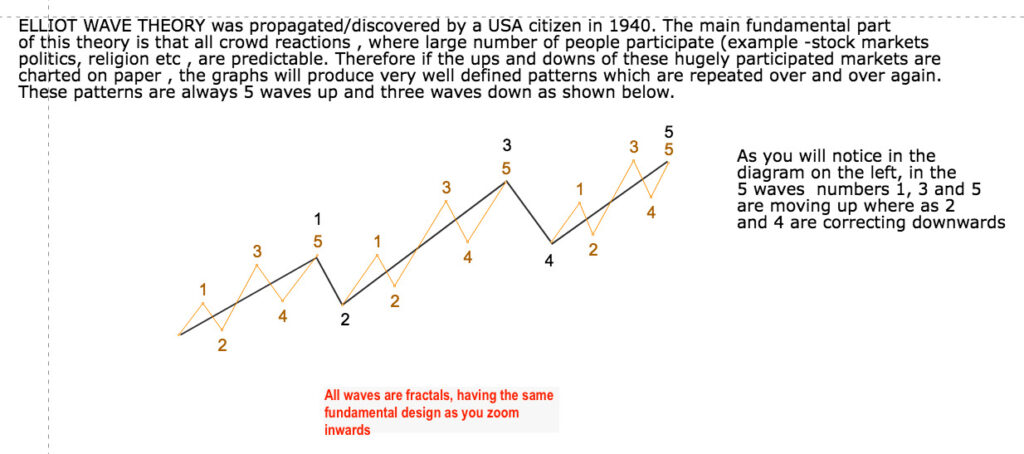To understand how the retail investor almost always is left holding the bag when the markets crash, one needs to understand the derivatives and mass psychology and economics. To understand this, one must know how the derivatives work in the stock markets.
Derivatives are nothing but contracts to buy or sell. These contracts are time bound and give leverage to the participants. A simple analogy can be given for property transactions where an advance is given as a small percentage of the total amount agreed upon within a definite time frame.
So a retail investor can leverage and BET with huge CONTRACTUAL amount by using only a fraction of the total . The catch is that although the gains can be phenomenal , the losses will be equally huge which a retail investor may not be able to sustain.
This is where the operators , institutions make big money at the cost of the retail investor. The ‘operator institutions’ have one big advantage that they are ALSO in possession of huge amount of equity which they can use to move the markets (to some extent) in either direction.
Now consider this as an example. If the institutions were to know that the markets are going to move down, they will simply buy DERIVATIVE CONTRACTS in the downward direction and sell them at profit at a particular price within a particular time(As the derivatives are time bound) It is as simple as that.
The buying and selling of huge amount of DERIVATIVE CONTRACTS at a particular price then forms a resistance and support at a particular price. This can be easily seen practically on the nse website on the derivative data.
Distribution , where the equity is SOLD to the retail investor at the market tops , is done as above. This is why the markets move up and down multiple times(Each move up the retail investor buys and the institutions sell) The institutions make money both ways in the upward and also the downward direction, with the use of derivatives and underlying equity.

